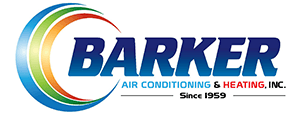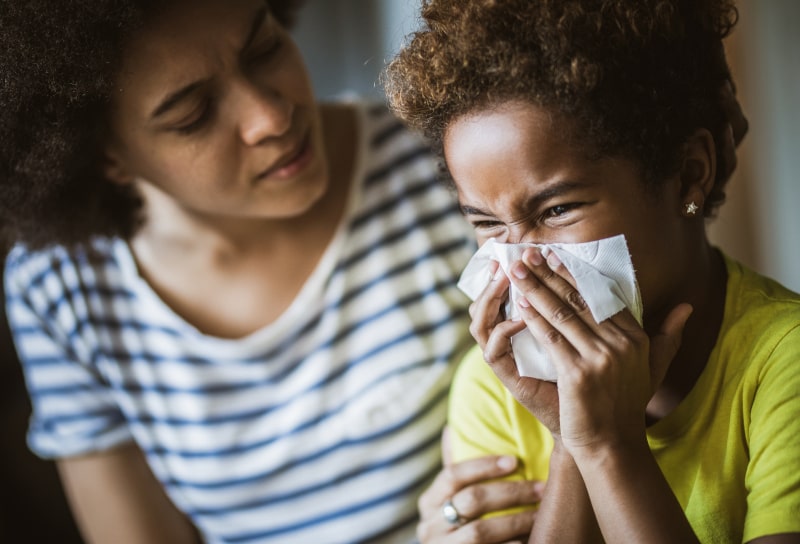Outdoor air quality can play havoc on your springtime allergies due to pollution. But your indoor air quality contributes to your spring allergies as well. Below we’ll discuss how your home’s air aggravates allergies as well as steps to take to reduce allergy episodes in Sebastian, FL.
How IAQ Impacts Spring Allergies
While outdoor air quality plays a part in your allergies, it may shock you to learn that indoor air quality pollutants are often two to five times higher. Since people tend to spend 90% of their time indoors, exposure to these allergy triggers is far longer. Indoor allergy triggers include dust mites, pet dander and other sources.
Air Purifier
Air purifiers reduce the number of allergens circulating through your home’s air. They trap and remove 99.98% of airborne allergens from your home’s air, making it much more effective than a standard HVAC filter.
Clean Air Filters
When you use your AC system, it has filters that trap dust, pollen, dander and dirt. When these filters become too clogged, some of what’s trapped breaks loose and circulates around your home. Regular maintenance helps to keep air filters clean and improve indoor air quality.
Reduce Dust And Dander
Another way to help keep your allergies at bay this spring is to reduce the amount of dust and dander in your home. Vacuum regularly, dust your fans and bathe your pets weekly. You can also wash your bedding and window coverings as they collect allergens as well.
Balance Indoor Humidity
Humidity also causes issues. Microbial growth and dust mites just love the extra moisture. You should keep relative humidity levels between 30% and 50% within your home.
Don’t let your spring allergies take the fun out of life. Contact Barker Air Conditioning and Heating today to learn how to improve your indoor air quality.
Image provided by iStock









